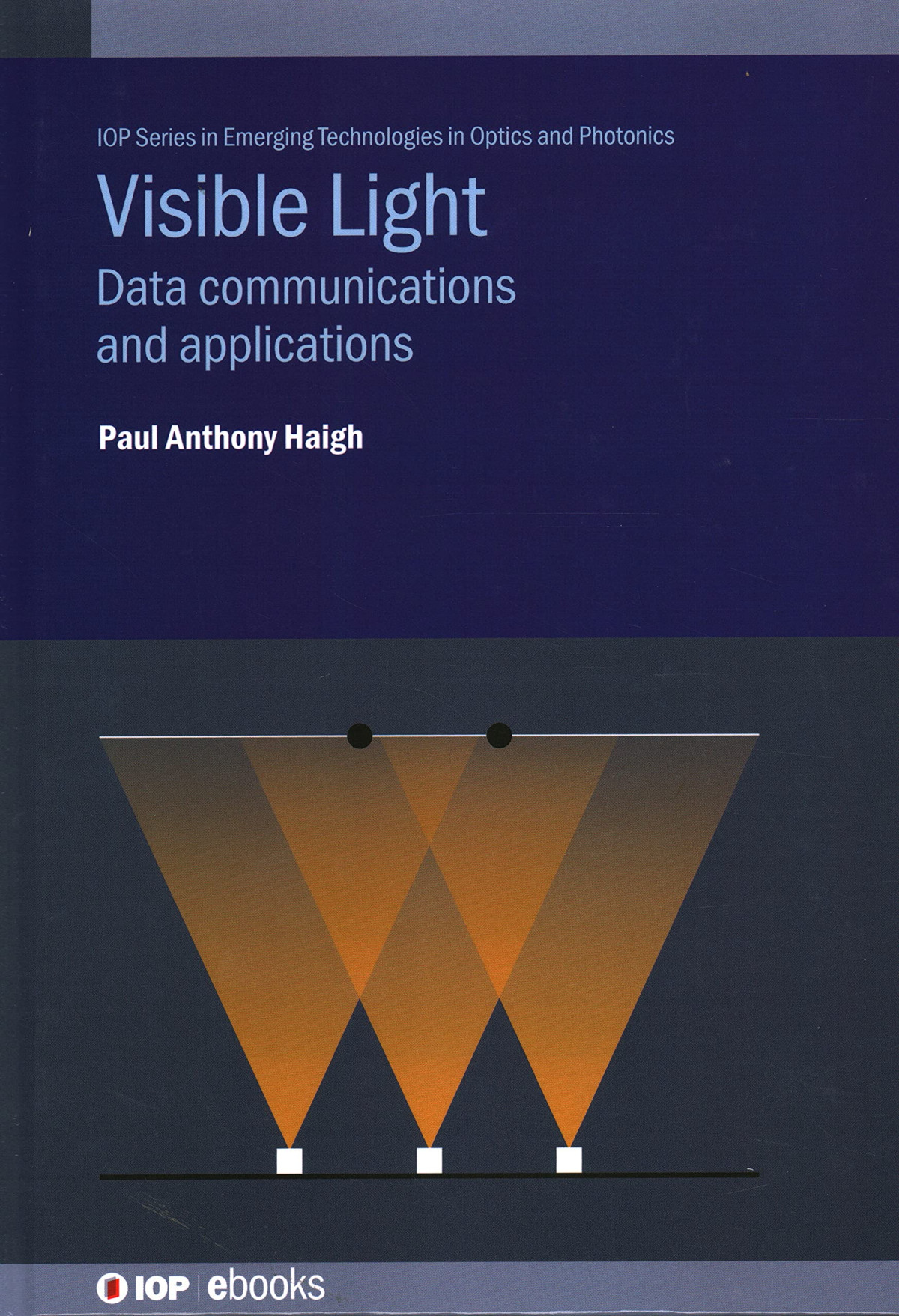

Most ebook files are in PDF format, so you can easily read them using various software such as Foxit Reader or directly on the Google Chrome browser.
Some ebook files are released by publishers in other formats such as .awz, .mobi, .epub, .fb2, etc. You may need to install specific software to read these formats on mobile/PC, such as Calibre.
Please read the tutorial at this link: https://ebookbell.com/faq
We offer FREE conversion to the popular formats you request; however, this may take some time. Therefore, right after payment, please email us, and we will try to provide the service as quickly as possible.
For some exceptional file formats or broken links (if any), please refrain from opening any disputes. Instead, email us first, and we will try to assist within a maximum of 6 hours.
EbookBell Team

4.3
38 reviewsThis book offers an overview of the state-of-the-art of visible light communication systems across emerging areas of increasing importance within the field. It is divided into two parts, with the first describing the latest developments in data communication using VLC technologies. It includes the fundamental mechanics of the semiconductor light-emitting diodes (LEDs) used in academic and commercial systems, areas of high-speed circuit design including circuit diagrams and small-signal analysis. Exotic modulation formats and digital signal processing including machine learning architectures are then covered before the book looks at emerging areas within the VLC research community, including colour balancing and colour-based modulation. The second part of the book looks at applications that do not consider indoor data communication in general, such as localisation/positioning, sensing and the intelligent transport systems paradigm. Finally, the completely new area of oxygen sensing is also included with the aim of inspiring researchers to test news fields and apply ideas across domains.
Visible Lightis aimed at new researchers entering the VLC domain, particularly at the PhD stage, or those wishing to explore new areas within it, and readers should be comfortable with undergraduate-level mathematics and physics to make the most of the derivations and descriptions written throughout the book. It will provide researchers with a solid summary of the global progress in VLC systems that can be used to generate new ideas and advancements in the field. Key Features